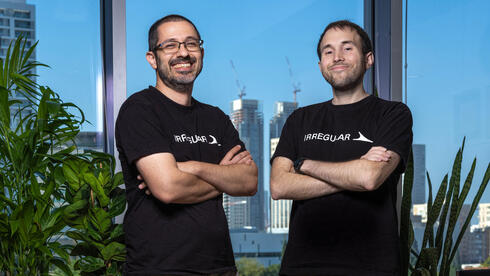Do you also consult with “the chat” about matters of a broken heart or a crisis at work? The problem of addiction to personal and psychological counseling through ChatGPT is worsening. People, mainly young people under the age of 30, tend to…
Meet the gatekeepers of AI, the Israeli company seeking to shield us from its dangers
